Affiliate links on Android Authority may earn us a commission. Learn more.
Lenovo Vibe P1 and Vibe S1 hands on and first look
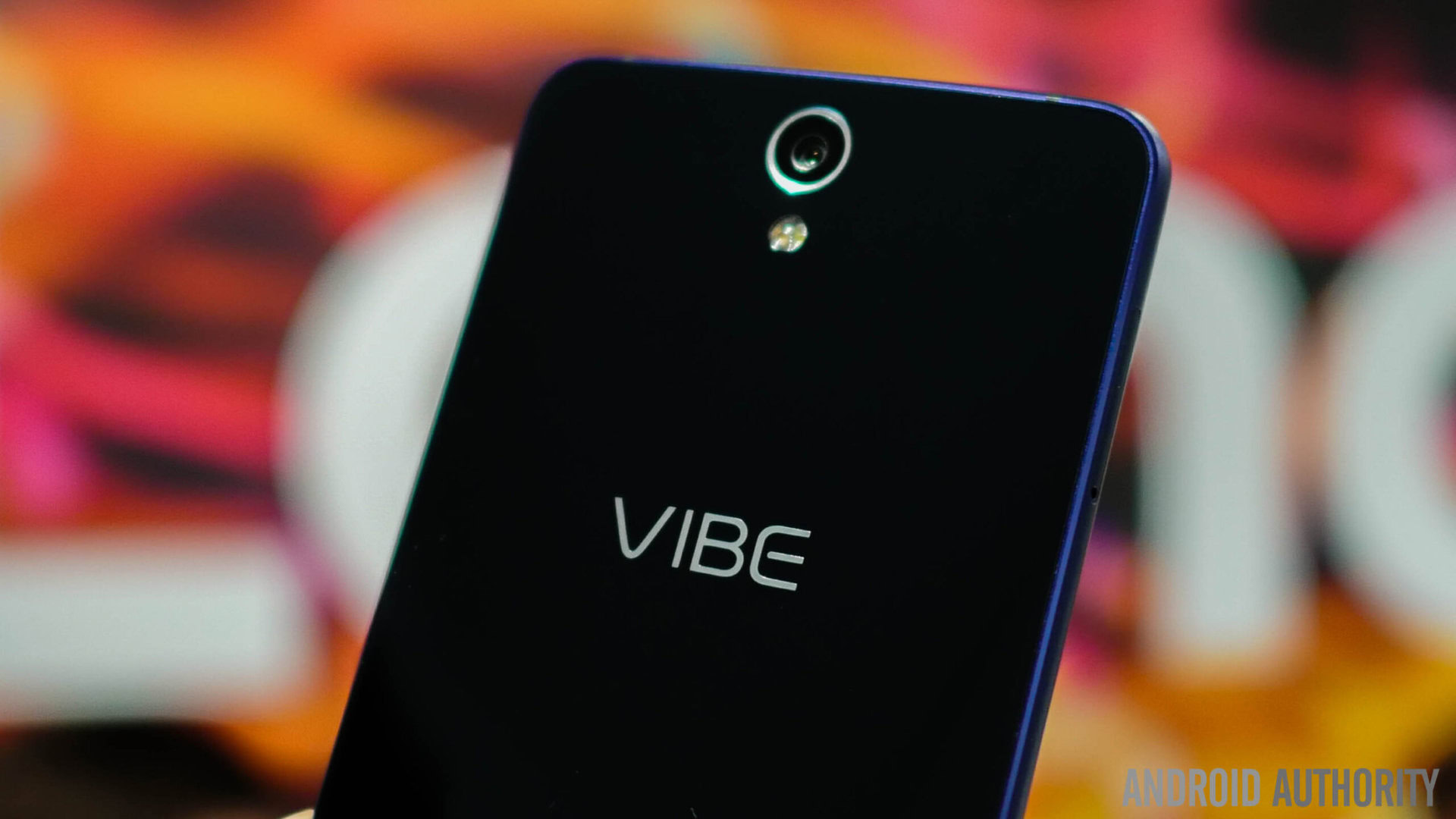
Lenovo decided to take as much advantage as possible of the spotlight that is available to the Chinese OEM during IFA 2015 in Berlin. Apart from refreshing their unique tablet line, Lenovo also introduced a slew of affordable smartphones, that cover the size spectrum and offer different specifications and features. We were able to go hands-on with two of these smartphones, and so here is our first look at the Lenovo Vibe P1 and Vibe S1!
Lenovo Vibe P1
If battery life is one of your biggest concerns when it comes to your smartphone needs, Lenovo is attempting to offer a solution with the Vibe P1, which packs a massive 5,000 mAh battery. When it comes to the design, the Vibe P1 features a metal unibody design, which is eerily reminiscent of previous generation HTCOne flagships, but that isn’t a bad thing, because the Vibe P1 is a great looking device with a solid build quality. It is also relatively compact in size, and comfortable to use in the hand, due to the curved back.
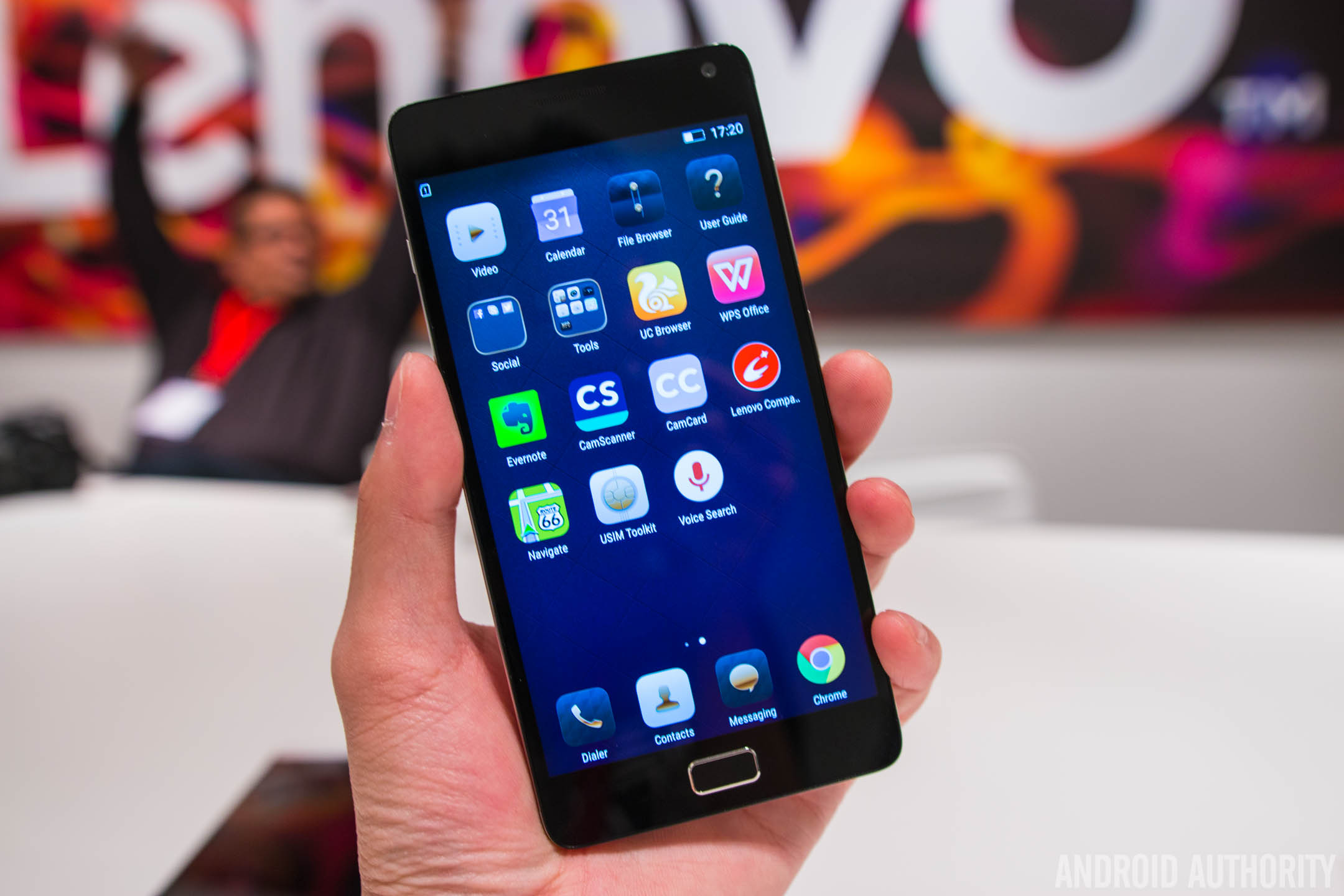
Up front is a 5.5-inch IPS LCD display with a Full HD resolution, resulting in a pixel density of 401 ppi. In the time we got to spend with the device, the display looks to be pretty good, with great colors, sharpness, and brightness. The 5.5-inch size is largely becoming the standard as far as the screen size is concerned, and most people should now quite comfortable with this display.
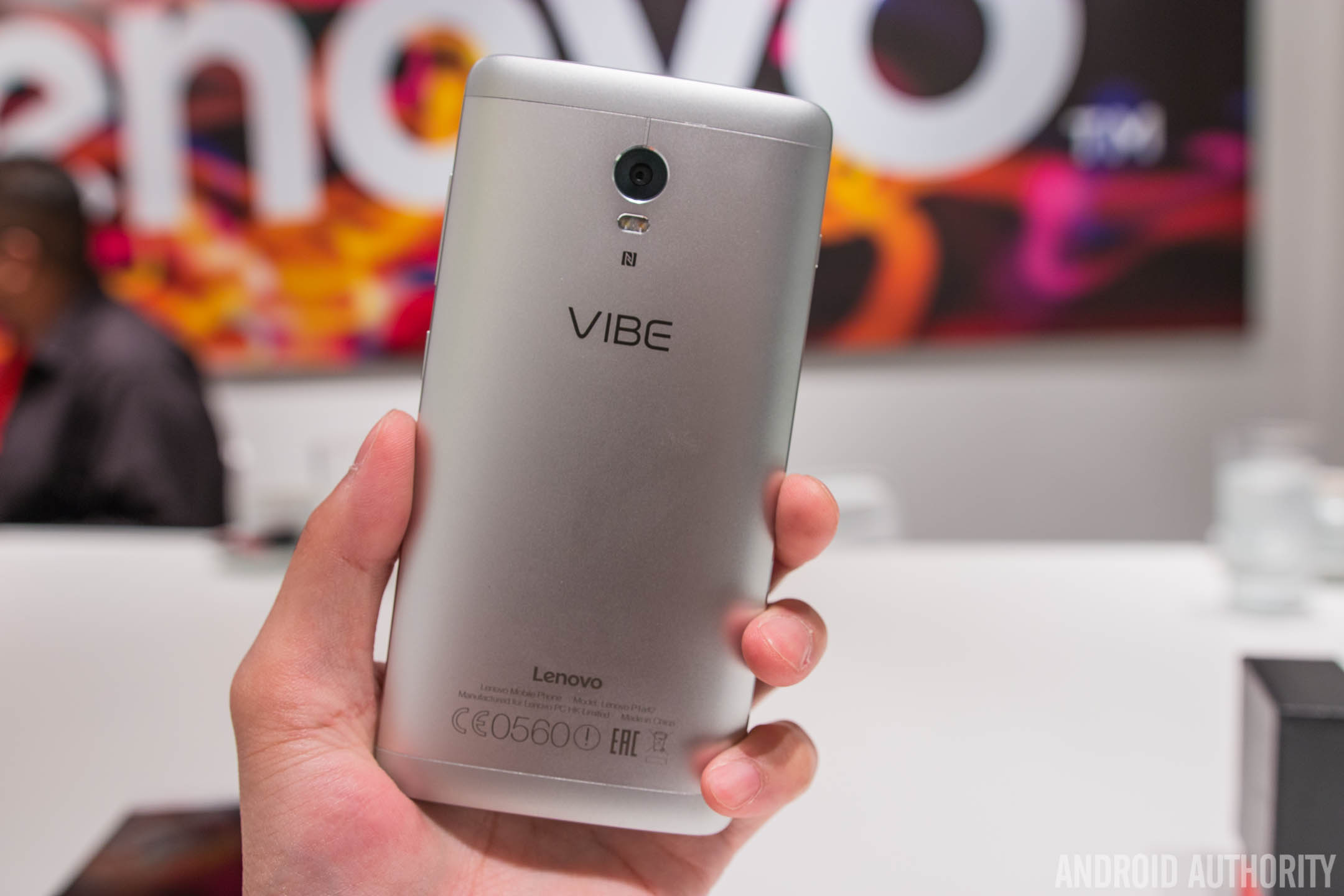
Under the hood, the Lenovo Vibe P1 comes with an octa-core Qualcomm Snapdragon 615 processor, clocked at 1.5 GHz, and backed by the Adreno 405 GPU and 2 GB of RAM. This is the processing package that is seen with quite a lot of great mid-range smartphones out there, such as the Alcatel OneTouch Idol 3, and if the performance with those devices is any indication, things should be smooth and snappy with the Vibe P1 as well.
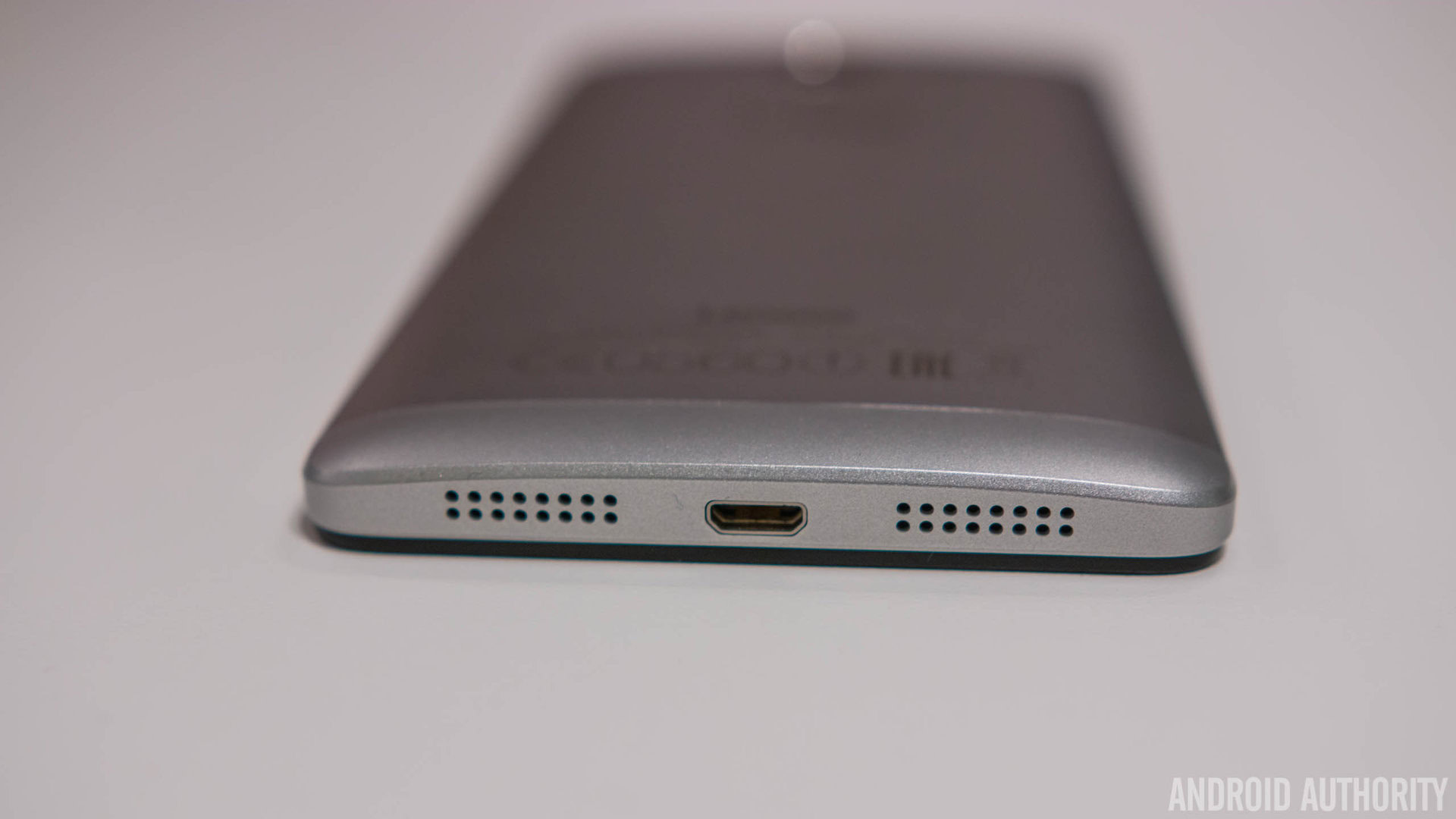
Other specifications include 32 GB of built-in storage, with expandable storage via microSD card available up to 128 GB, and while the device comes with dual-SIM capabilities, keep in mind that the second SIM slot also serves as a microSD card slot, so users will have to choose between the dual SIM feature or expandable storage. The device also comes with a standard suite of connectivity options, including NFC, and 4G LTE support, with market-dependent compatibility.
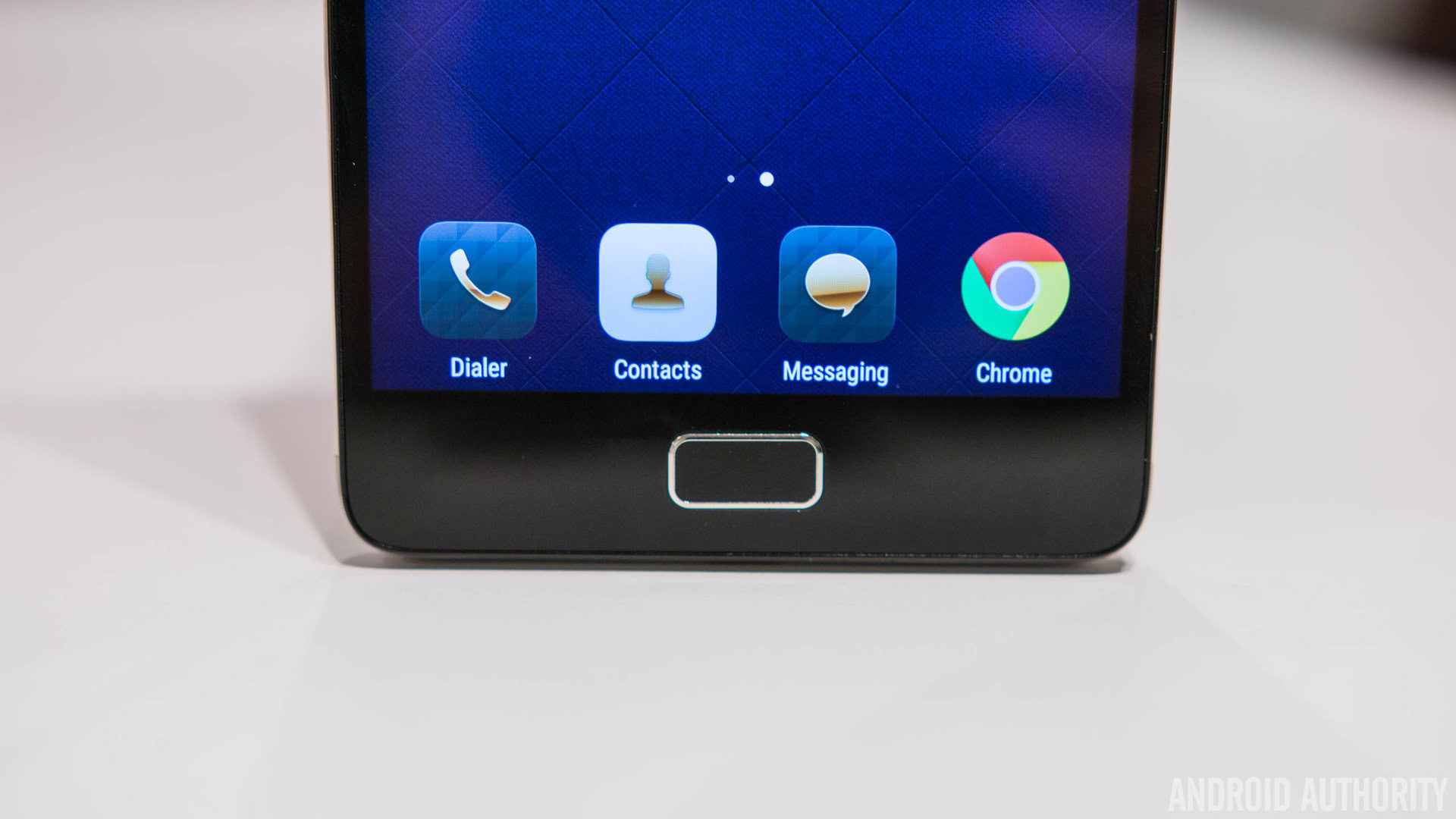
Taking a look around the device, the headphone jack is placed up top, the microUSB port and speaker grill can be found at the bottom, and the power button and volume rocker are on the right side. One notable addition with this mid-ranger is the presence of a fingerprint sensor up front, below the display. It is a press and hold implementation, which is similar to most scanners out there, and the setup process is identical as well. It seems to be just as fast and reliable as the fingerprint sensors on more high-end devices, and it is great to see Lenovo bringing a feature that is normally seen with flagships, down to a more affordable smartphone.
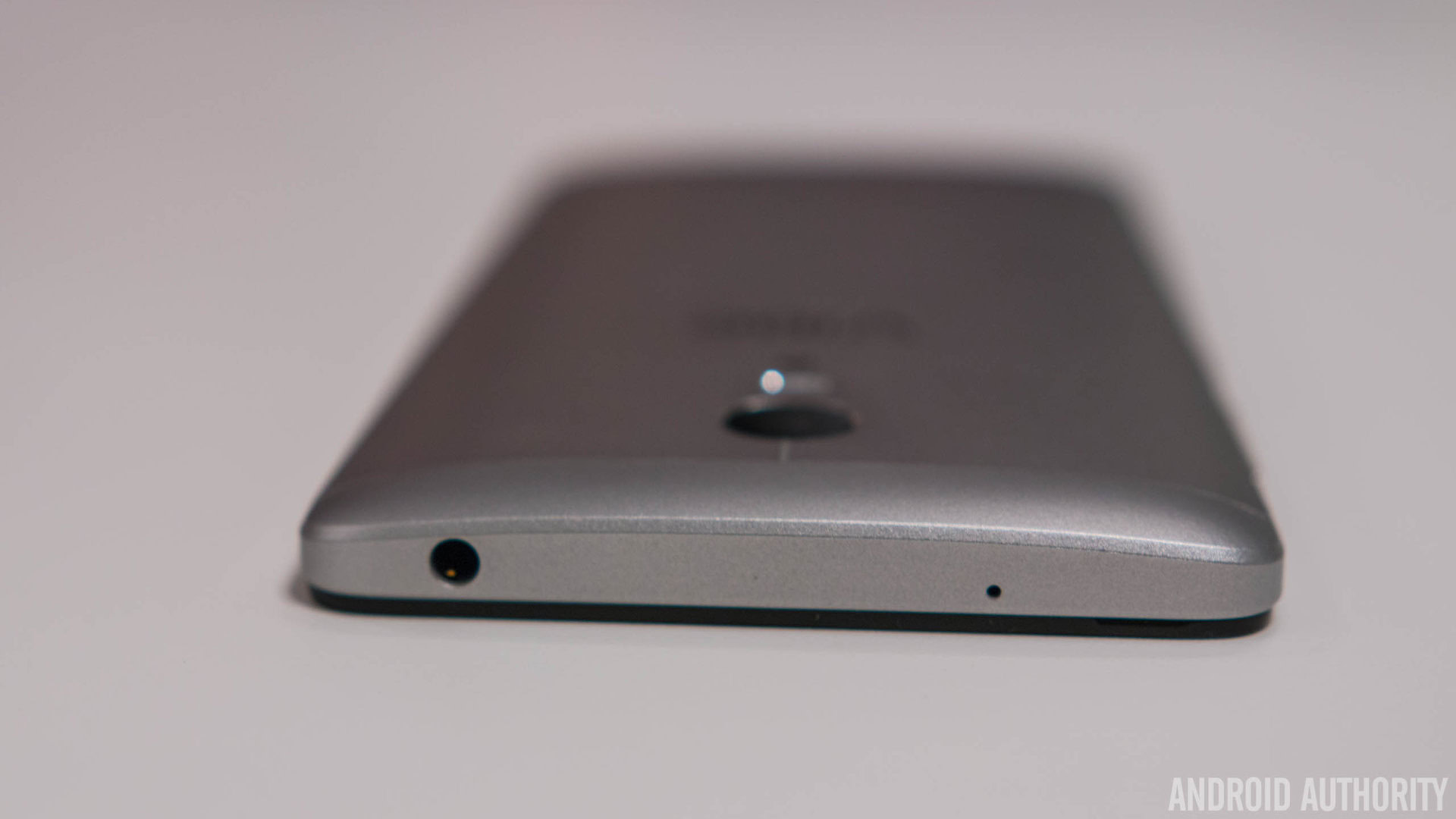
The Lenovo Vibe P1 has a lot going for it, but the big selling point of this smartphone is its massive 5,000 mAh battery. This result in the phone being quite thick, but the extra bulk is definitely worth it for the promise of excellent battery life. There is also a switch on the left side of the phone which is actually a battery life switch that allows users to easily activate a battery saving mode, that Lenovo claims will help double the battery life. This is certainly something we’ve never seen before, but hopefully, the device offers enough battery life that this switch isn’t something you will have to rely on all that often.
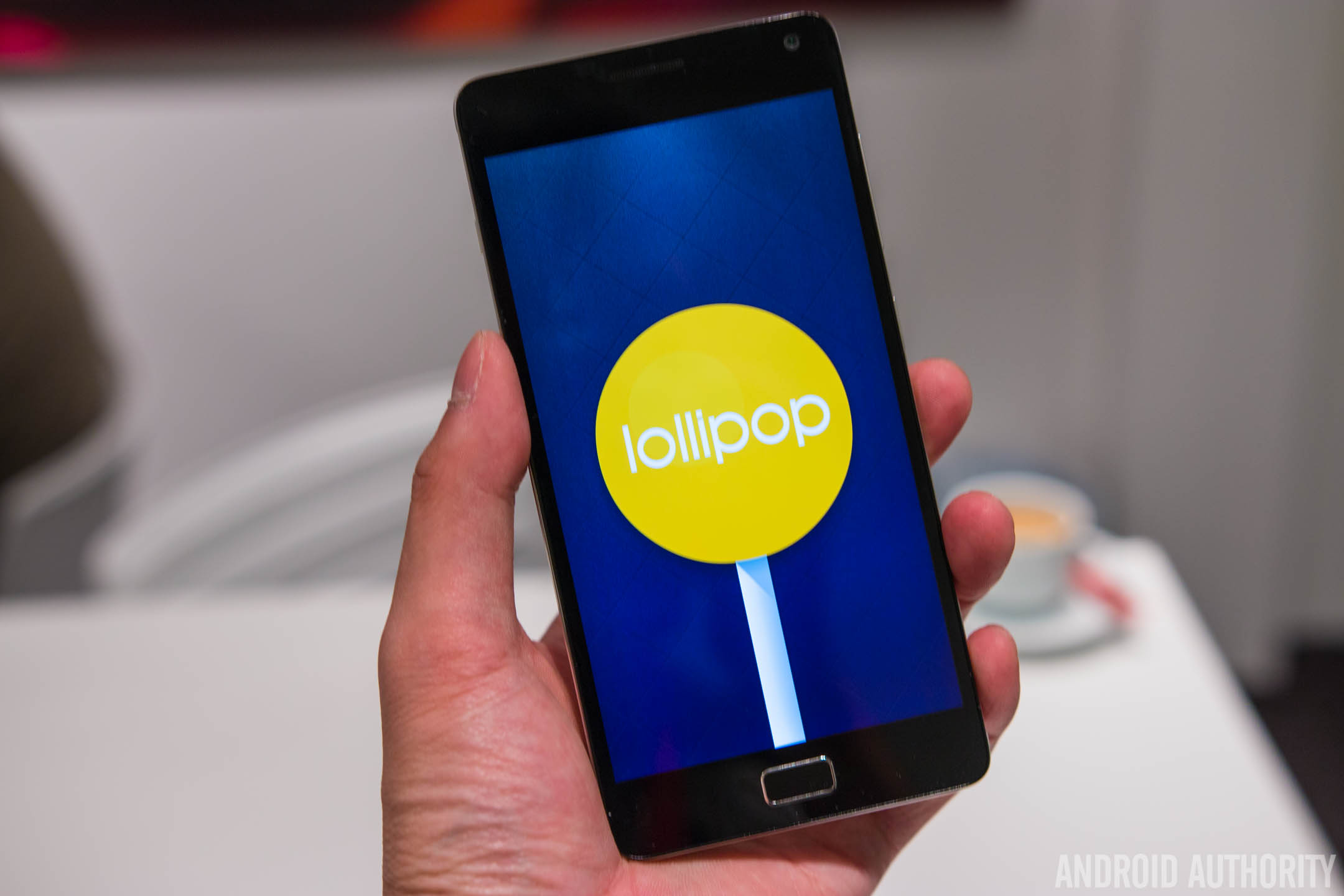
On the software side of things, the device is running Android 5.1.1 Lollipop, with Lenovo’s custom UI on top. The user interface is a little more customized when compared to some of the other smartphones Lenovo has on offer, with it also being a more colorful UI in general, along with packing a few more extra features.
Lenovo also has a sibling phone on offer, called the Vibe P1m, which features a different, plastic build quality, a slightly lower battery capacity, and lower specifications, but comes with splash protection. The Vibe P1 and Vibe P1m will be available with a price tag of $280 and $160 respectively. This is a fantastic price point for devices that should be absolute beasts in the battery department, and in the case of the Vibe P1, the solid build quality and premium design is also an added bonus.
Lenovo Vibe S1
Lenovo also introduced the Vibe S1, that brings with it a pretty slim design, but packs quite a lot of power. There are a number of features that the device has to offer, but everything starts with the design. The first thing you will notice as soon as you get the Vibe S1 in your hand is how nimble this smartphone is. It is a very thin device, and also very light weight, and the very comfortable and easy handling experience is something that really stays with you. The glossy finish on the back does create for a somewhat slippery experience, but its relatively compact size means that this isn’t a difficult phone to hold on to.

The Lenovo Vibe S1 comes with a 5-inch IPS LCD display with a Full HD resolution, resulting in a pixel density of 441 ppi. Under the hood, the device is powered by an octa-core MediaTek MT6752 processor, clocked at 1.7 GHz, and backed by 3 GB of RAM. 32 GB of internal storage can be further expanded via microSD card, up to 128 GB. The device comes with a 2,500 mAh battery, which may not be as impressive as the battery of the Vibe P1, but should allow for decently impressive battery life as well, helped along by some power saving features that are included.
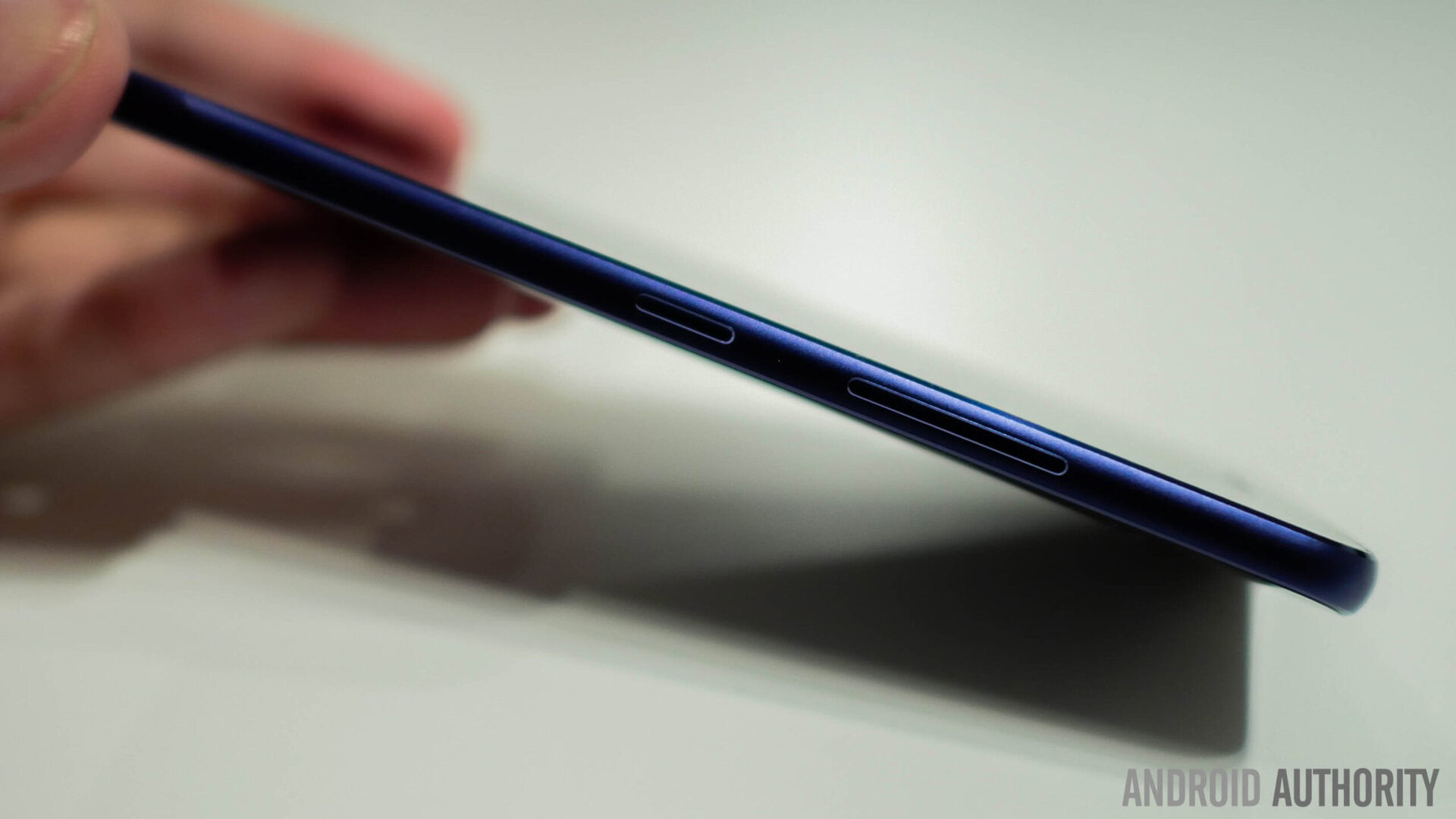
Other than the great handling experience, another interesting aspect of the Vibe S1 is when it comes to the rear and front-facing cameras, that have been given a couple of enhancements, but surprisingly, the main addition has been done to the front-facing unit. The rear camera is a 13 MP unit, with a dual tone LED flash, but the big story here is the dual-front facing camera setup that this device features. An 8 MP unit is backed by a 2 MP secondary camera that essentially allows for depth information to be recorded, that should allow for your selfies to come with a nice depth of field effect in the background.
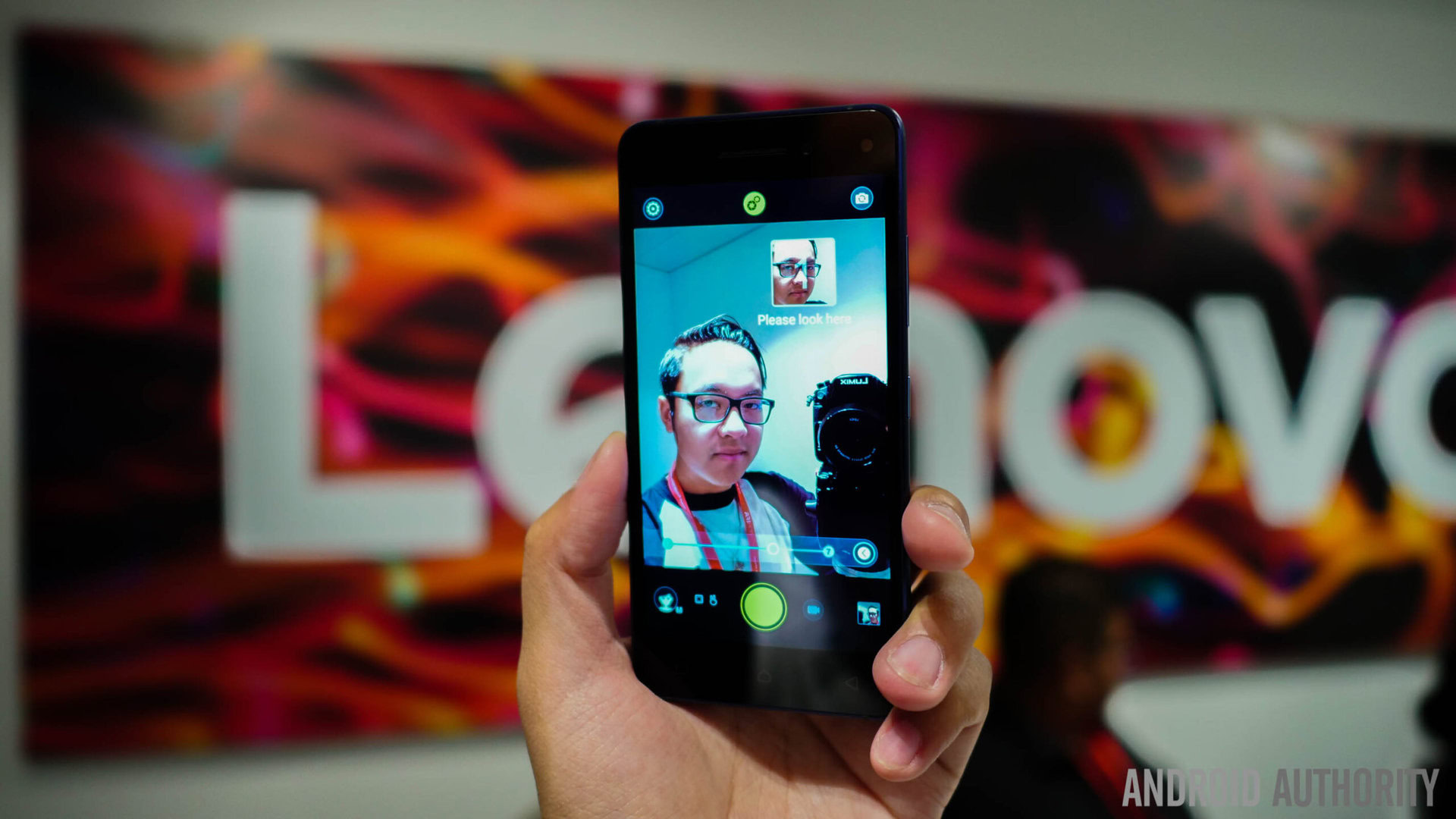
The camera app is filled with features as well, and it does also include a lot of different options that can be used to take your self portraits, that take advantage of this camera setup. One of the main features in this regard is called Auto Selfie, using which the camera takes a selfie as soon as it detects a face to be in close range of the front-facing camera, when the camera app is open. This actually worked a little too well in our testing, and can get in the way of what you may be trying to do.
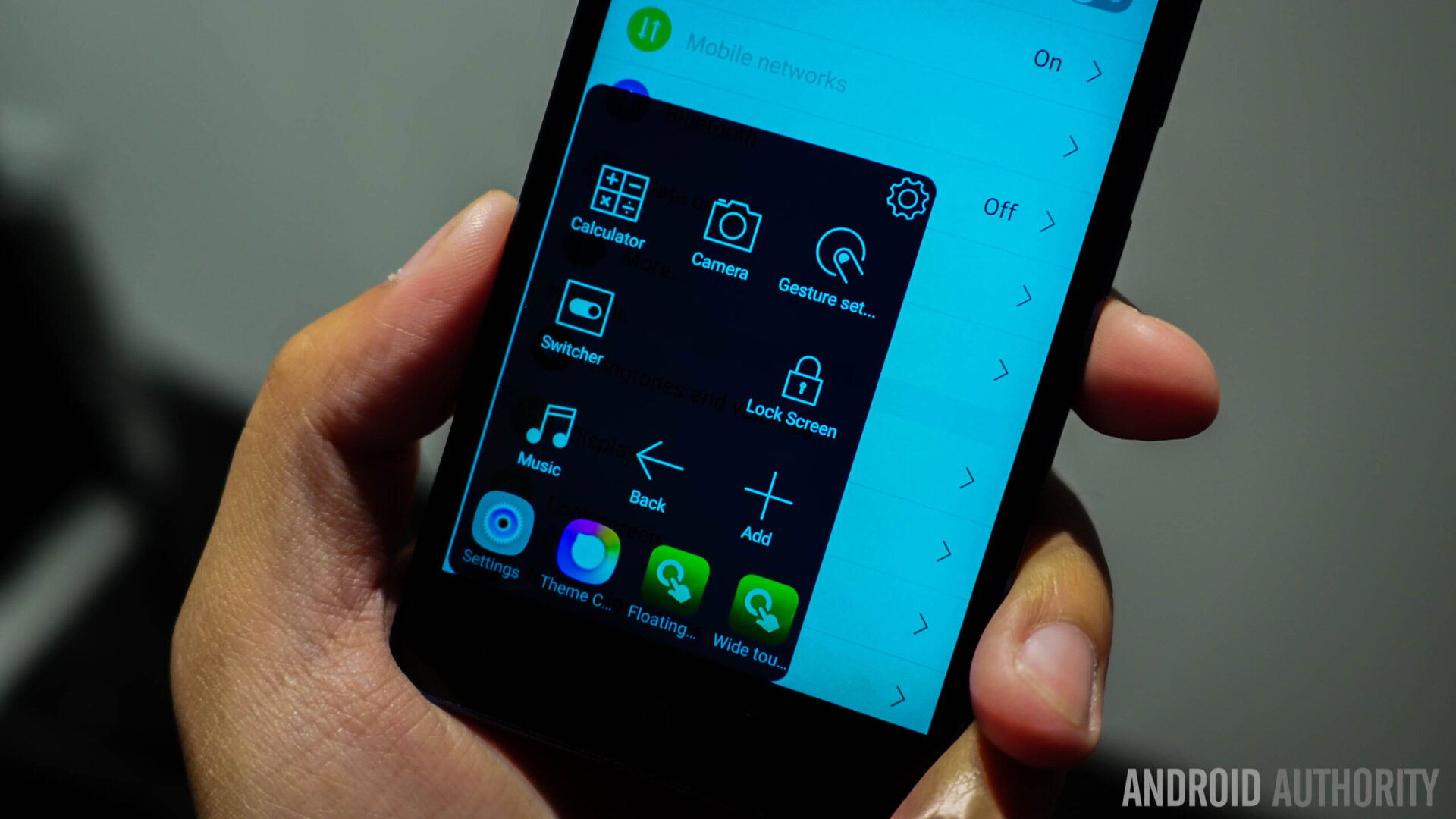
The software experience remains what you’d expect from Lenovo smartphones, with a user interface that is bright and colorful, and packed with features, that are quite functional, but resulting in things being a little bloated. The experience should be smooth and snappy overall however, but more thorough testing will be required.
The Vibe S1 will likely not see an official launch in the US, since Lenovo tends to focus on European and Asian markets with their releases, but for those who are in those particular markets, you may find the Vibe S1 to be a standard, but very reliable and attractive phone, that is able to get the job done, in a pretty stylish way.